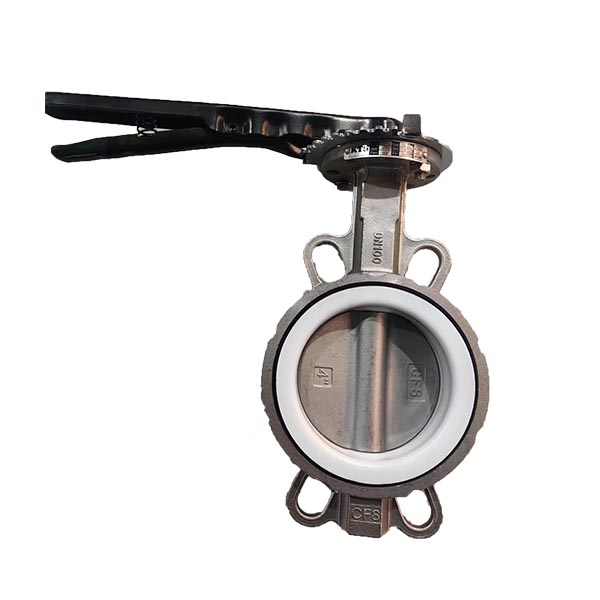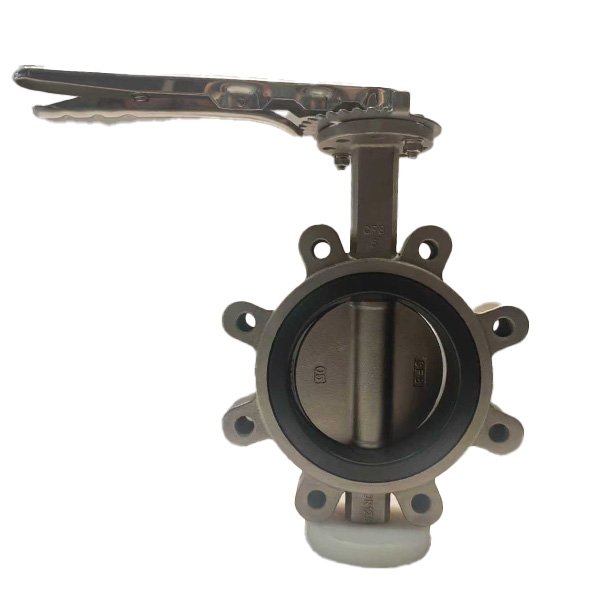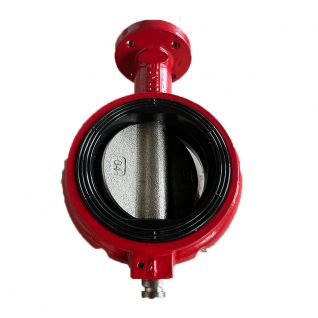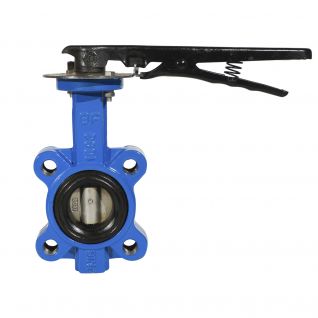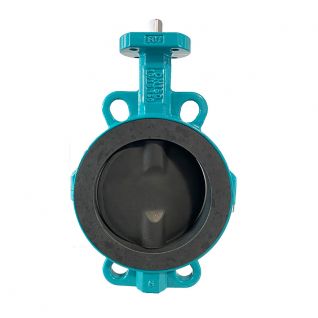PRODUCT
SS316 wafer butterfly valve for Ro
Size: DN40-DN1200
·
Pressure: PN10/PN16/25/150LB
·
Design standard : API609 ,BS EN593.MSS SP-67 BS5155
·
Standard: Flange: DIN3202, DIN2501 PN10/PN16
·
Face to face:API609, ISO5752,BS EN558, BS5155,
MS SP-67,DIN3202
Test Standard: API598
SS316 wafer butterfly valve for Ro
Material:
|
No. |
Part Name |
Material |
|
1 |
Body |
Stainless Steel |
|
2 |
Disc |
Al-Bronze/CF8M/CF8 |
|
3 |
Seat |
EPDM/PTFE/Buna/NBR/Hypalon/Viton |
|
4 |
Stem |
SS410/SS304/SS316 |
|
5 |
Bushing |
PTFE/Lubricating |
|
6 |
O ring |
EPDM/PEFE/Buna/NBR/Hypalon |
|
7 |
Pin |
without pin
|
Features:
1. Stainless steel butterfly valve chemical and electrochemical corrosion resistance is the best among steels, second only to titanium alloys.
2. Stainless steel butterfly valve It is heat-resistant, high-temperature resistant, low-temperature resistant, and even ultra-low-temperature resistant.
3. Stainless steel butterfly valve Mechanical Properties: Mechanical properties vary depending on the type of stainless steel. Martensitic stainless steel offers high strength and hardness, making it suitable for manufacturing parts that require both corrosion resistance and high strength and wear resistance, such as turbine shafts, stainless steel cutting tools, and stainless steel bearings. Austenitic stainless steel has excellent ductility and moderate strength, but offers the best corrosion resistance among stainless steels. It is suitable for applications requiring high corrosion resistance but less demanding mechanical properties, such as equipment in chemical plants, fertilizer plants, and sulfuric and hydrochloric acid manufacturers. It can also be used in military applications such as submarines. Ferritic stainless steel has moderate mechanical properties and moderate strength, but is resistant to oxidation, making it suitable for various industrial furnace parts.
4. Processability: Austenitic stainless steel offers the best processability. Due to its excellent ductility, it can be processed into various profiles such as plates and tubes, making it suitable for press working. Martensitic stainless steel, due to its high hardness, has less processability.Its chemical and electrochemical corrosion resistance is the best among steels, second only to titanium alloys.
2. Physical Properties: It is heat-resistant, high-temperature resistant, low-temperature resistant, and even ultra-low-temperature resistant.
3. Mechanical properties vary depending on the type of stainless steel. Martensitic stainless steel offers high strength and hardness, making it suitable for manufacturing parts that require both corrosion resistance and high strength and wear resistance, such as turbine shafts, stainless steel cutting tools, and stainless steel bearings. Austenitic stainless steel has excellent ductility and moderate strength, but offers the best corrosion resistance among stainless steels. It is suitable for applications requiring high corrosion resistance but less demanding mechanical properties, such as equipment in chemical plants, fertilizer plants, and sulfuric and hydrochloric acid manufacturers. It can also be used in military applications such as submarines. Ferritic stainless steel has moderate mechanical properties and moderate strength, but is resistant to oxidation, making it suitable for various industrial furnace parts.
4. Processability: Austenitic stainless steel offers the best processability. Due to its excellent ductility, it can be processed into various profiles such as plates and tubes, making it suitable for press working. Martensitic stainless steel, due to its high hardness, has less processability.

